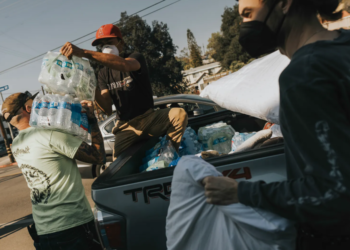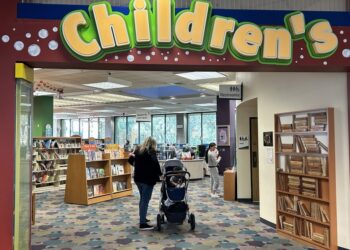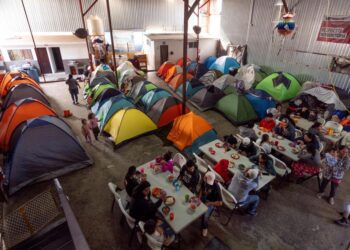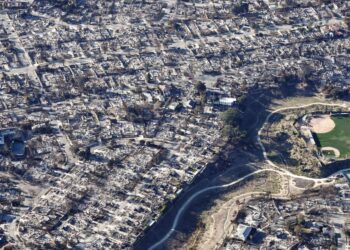BY CAROLYN JONES | CalMatters
An end to billions of dollars in federal Covid relief funds, declining enrollment, staff raises, hiring binges and stagnant state funding should combine over the next few months to create steep budget shortfalls, with low-income districts affected the most.
“The fiscal cliff is going to vary,” said Marguerite Roza, director of the Edunomics Lab at Georgetown University. “The districts that got the most Covid relief dollars, those that have the most low-income students, are going to face the biggest losses.”
In his budget proposal released in January, Gov. Gavin Newsom largely spared schools, keeping intact popular initiatives like transitional kindergarten, universal school meals, community schools and after-school programs. He proposed dipping into reserves and delaying some expenses to make up a projected multi-billion-dollar shortfall.
But the exact numbers are shifting. The Legislative Analyst’s Office predicted that the shortfall may be much higher than Newsom calculated and cuts will be unavoidable. Newsom will release a revised budget in May, and the Legislature has until June 15 to pass a final budget.
Meanwhile, federal Covid relief funding for schools will end in September. In a series of grants known as Elementary and Secondary School Emergency Relief, the federal government gave California schools $23.4 billion to pay for everything from air purifiers to after-school tutoring.
That funding was distributed based on the number of low-income students districts have. Districts with lots of low-income students got more money, which means they’ll lose the most when the funding ends.
In the beginning of the pandemic, schools tended to spend the money on one-time expenses, like tablets and Wi-Fi hotspots for students attending school remotely. But as schools reopened, they started spending money on ongoing programs intended to help students catch up academically and recover from the mental health hardships of…
Read the full article here







